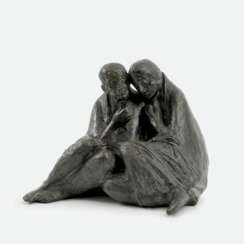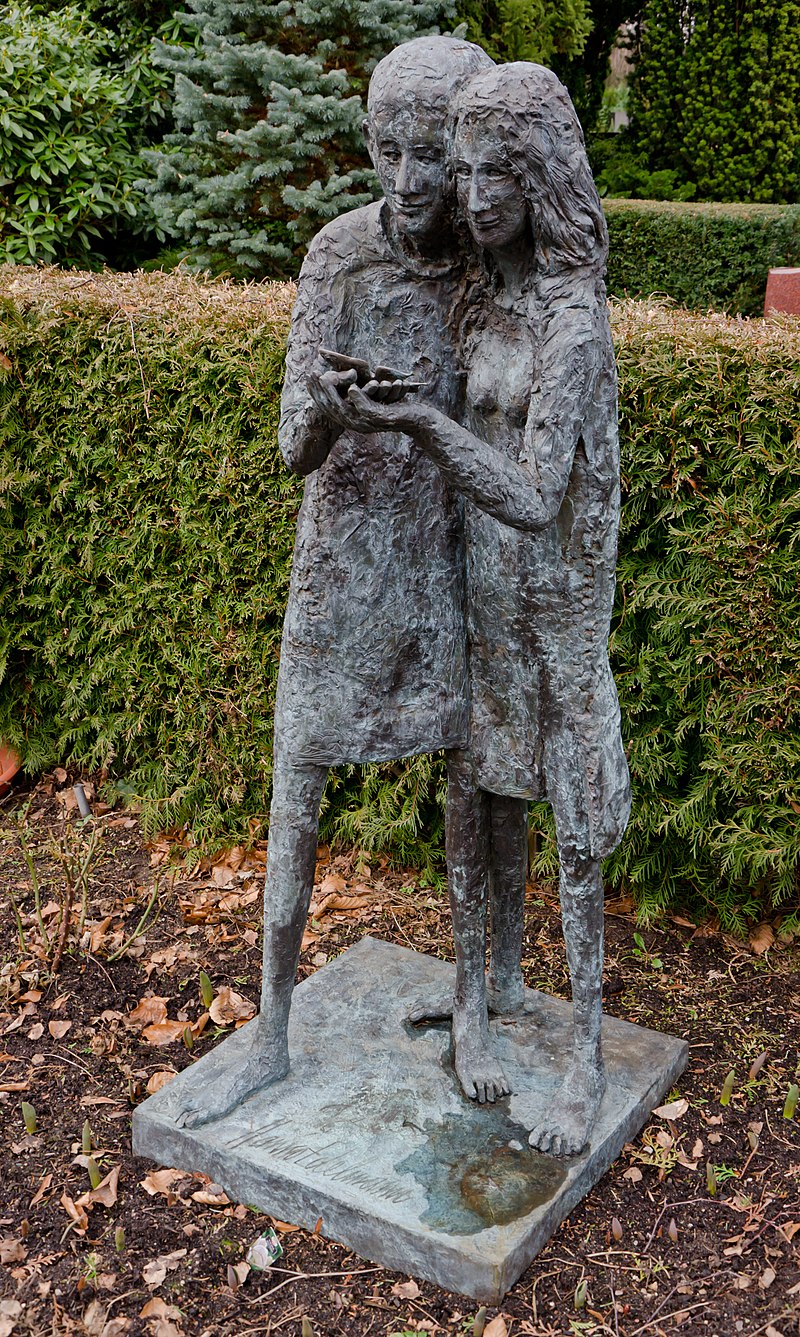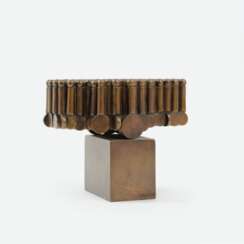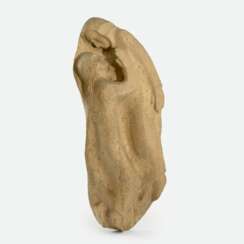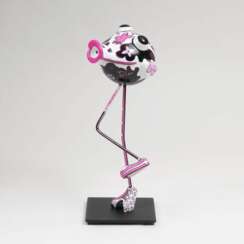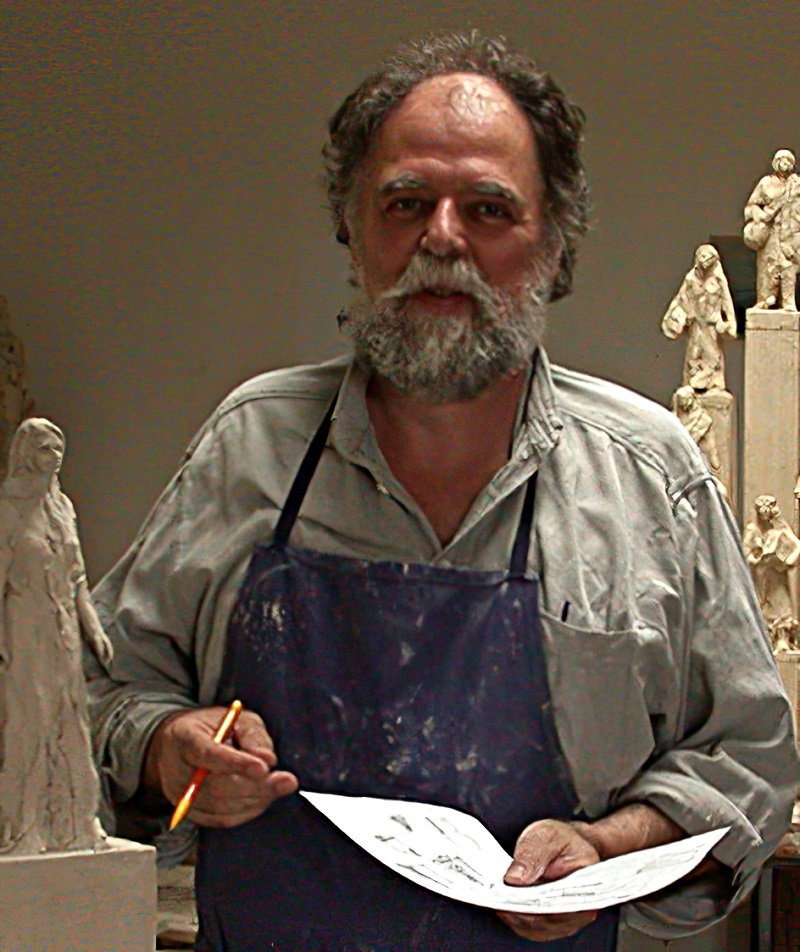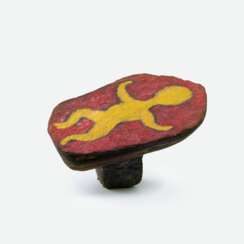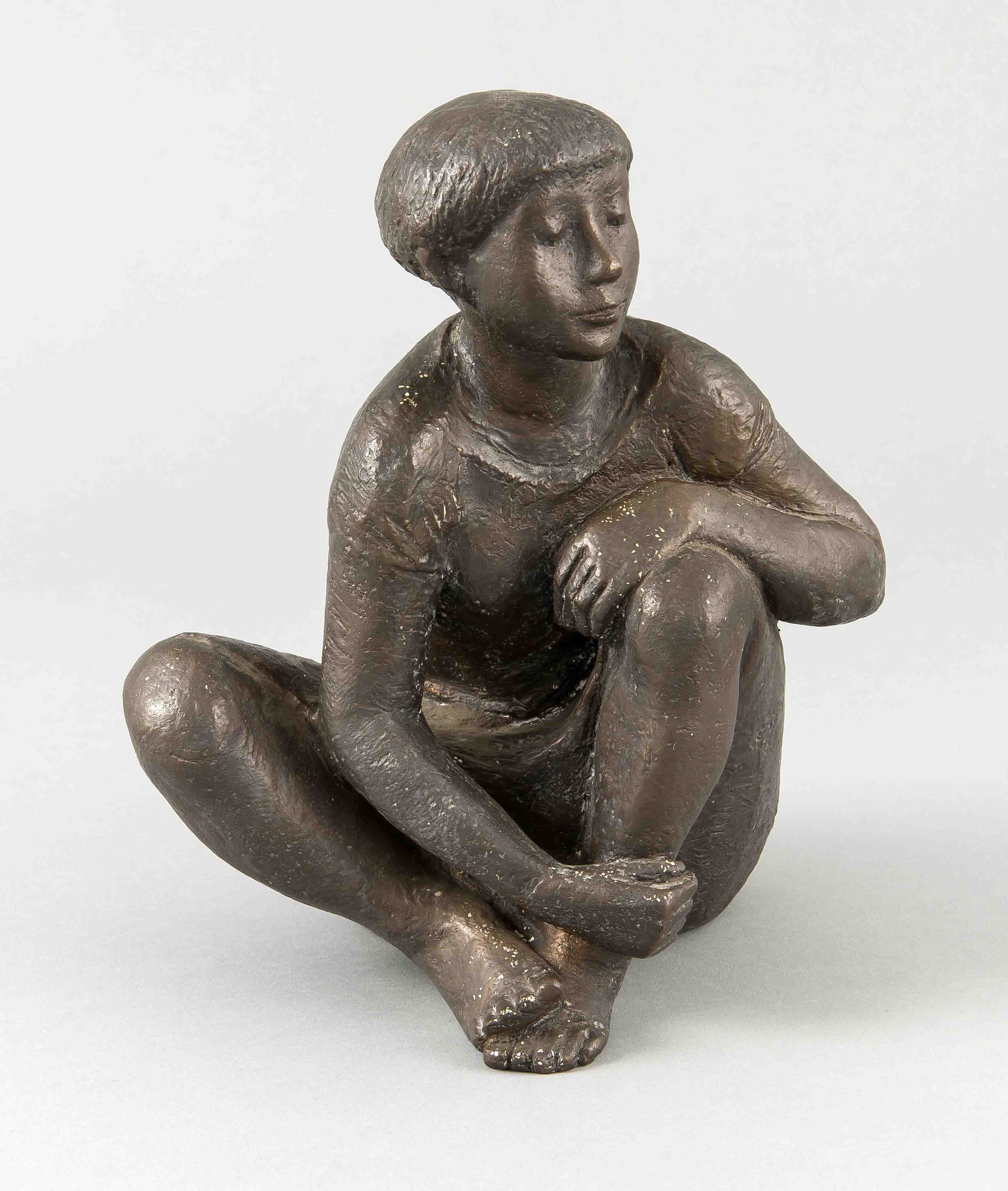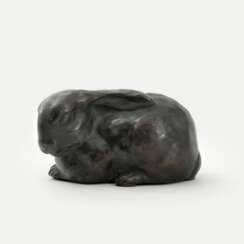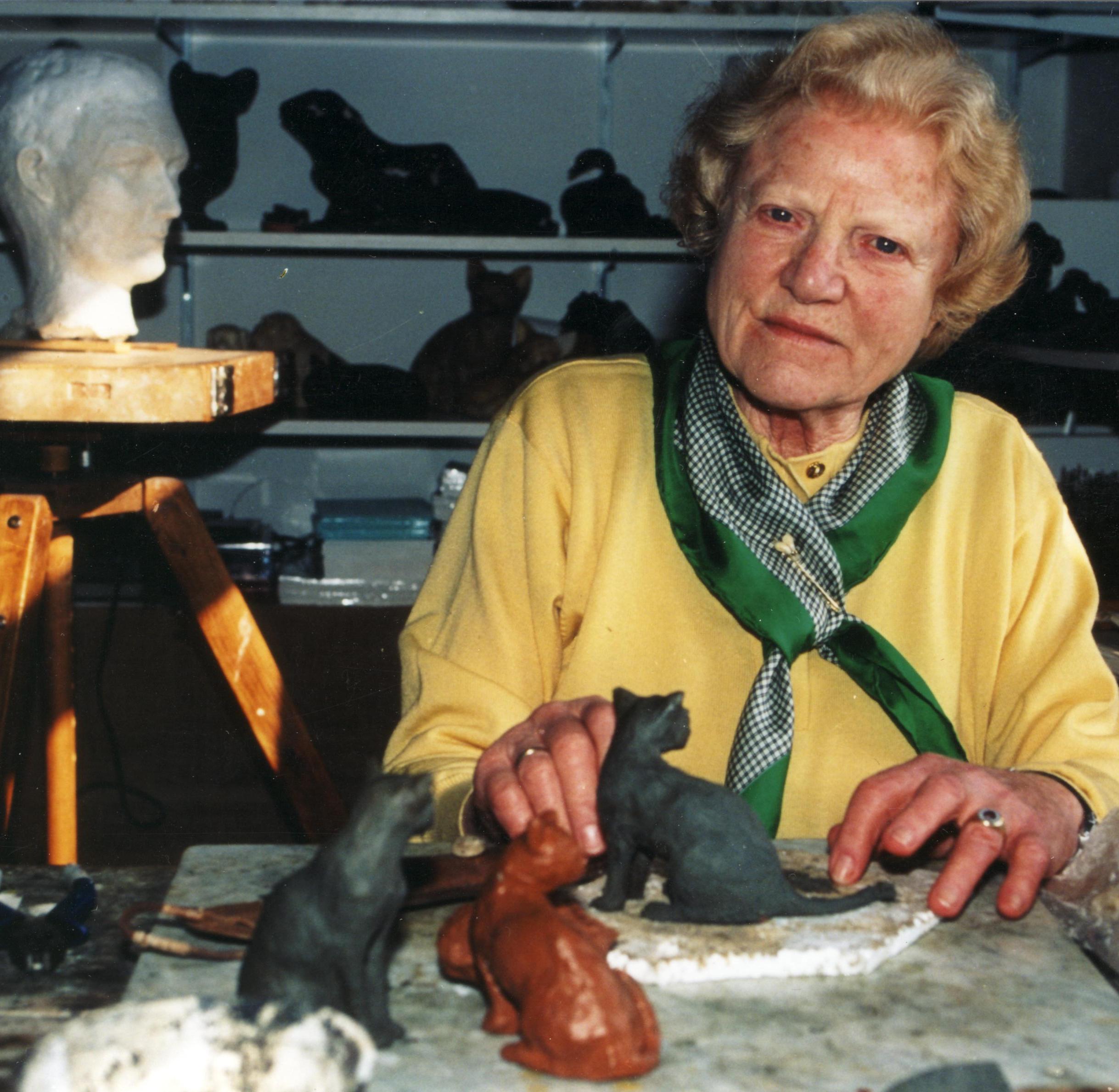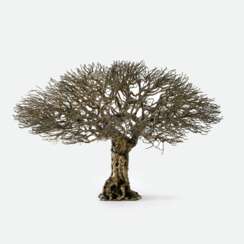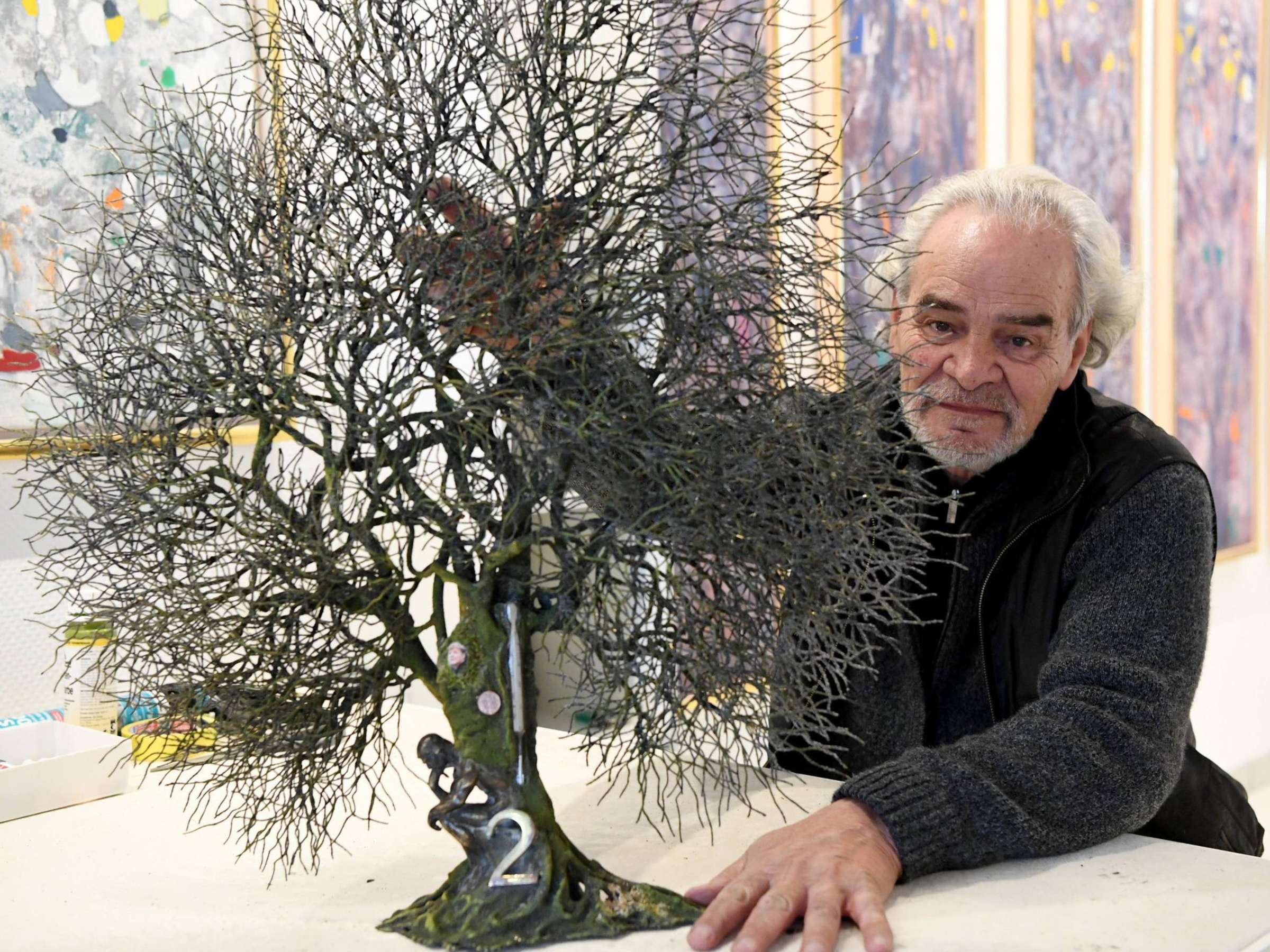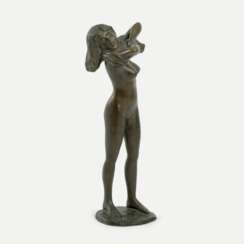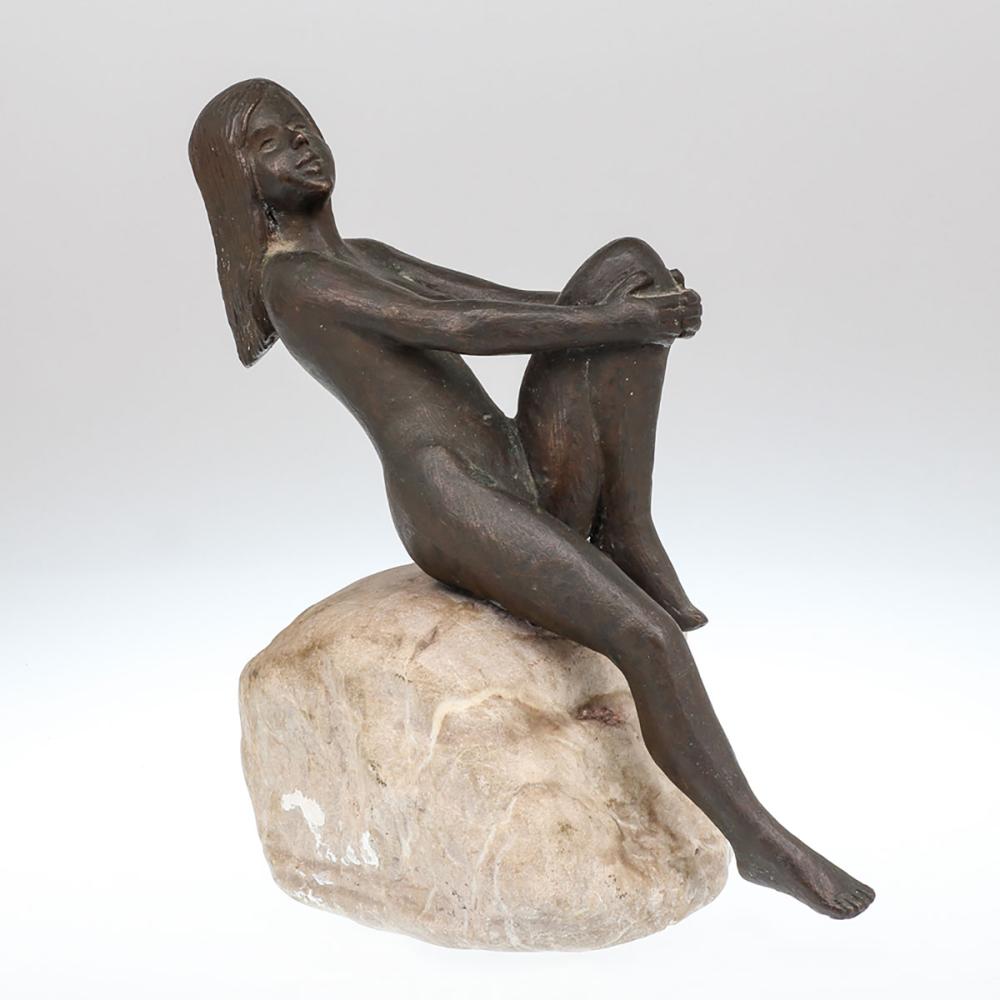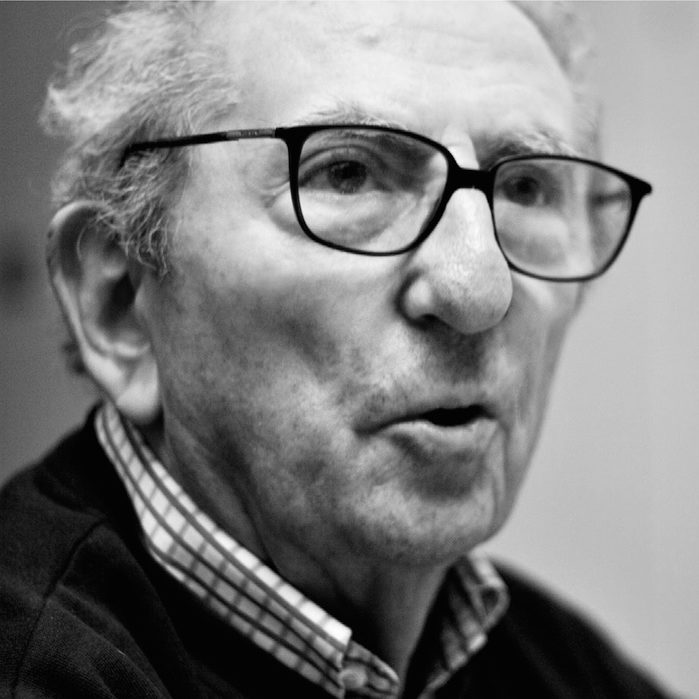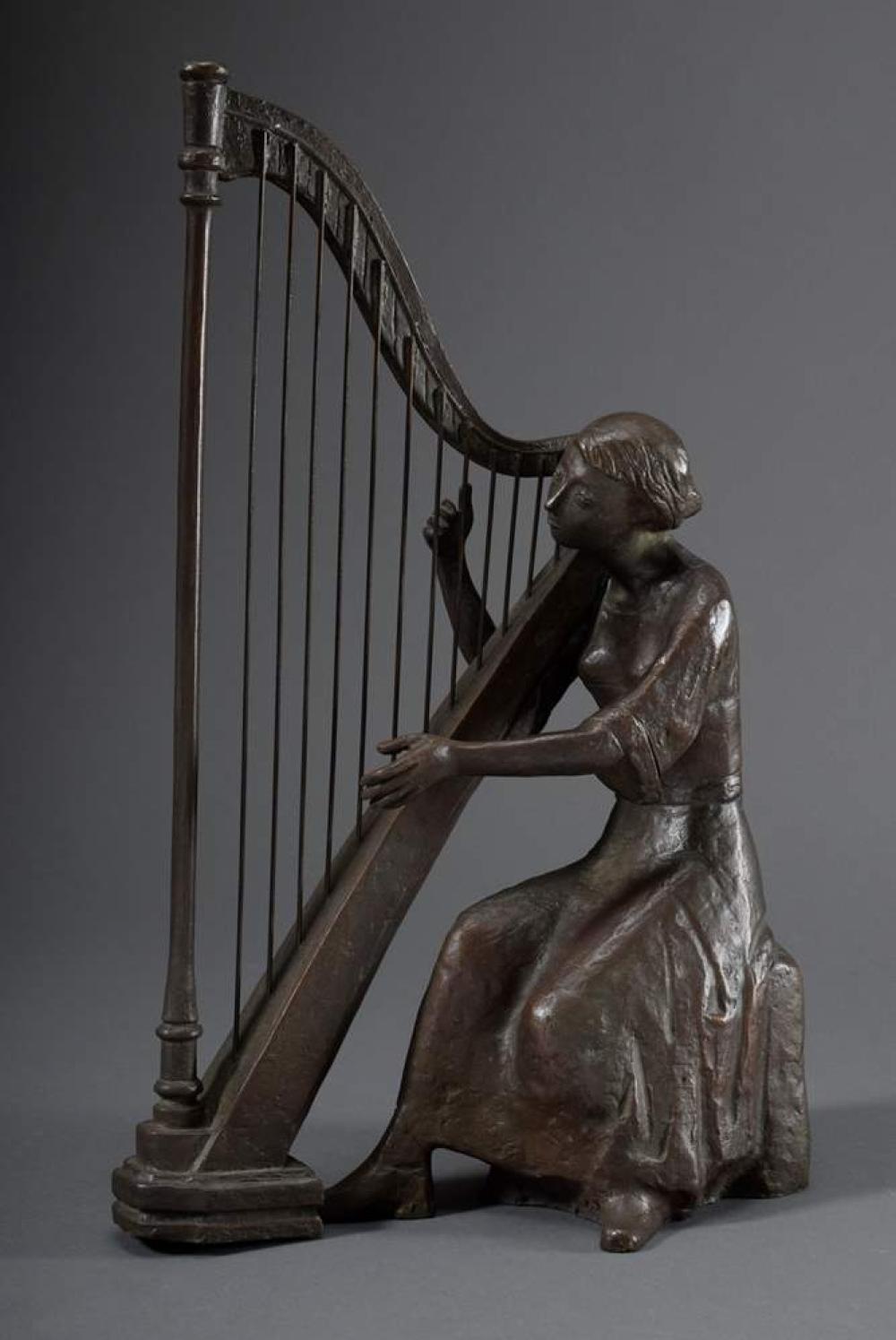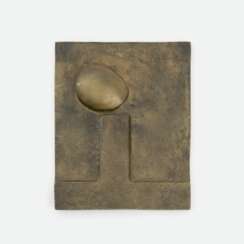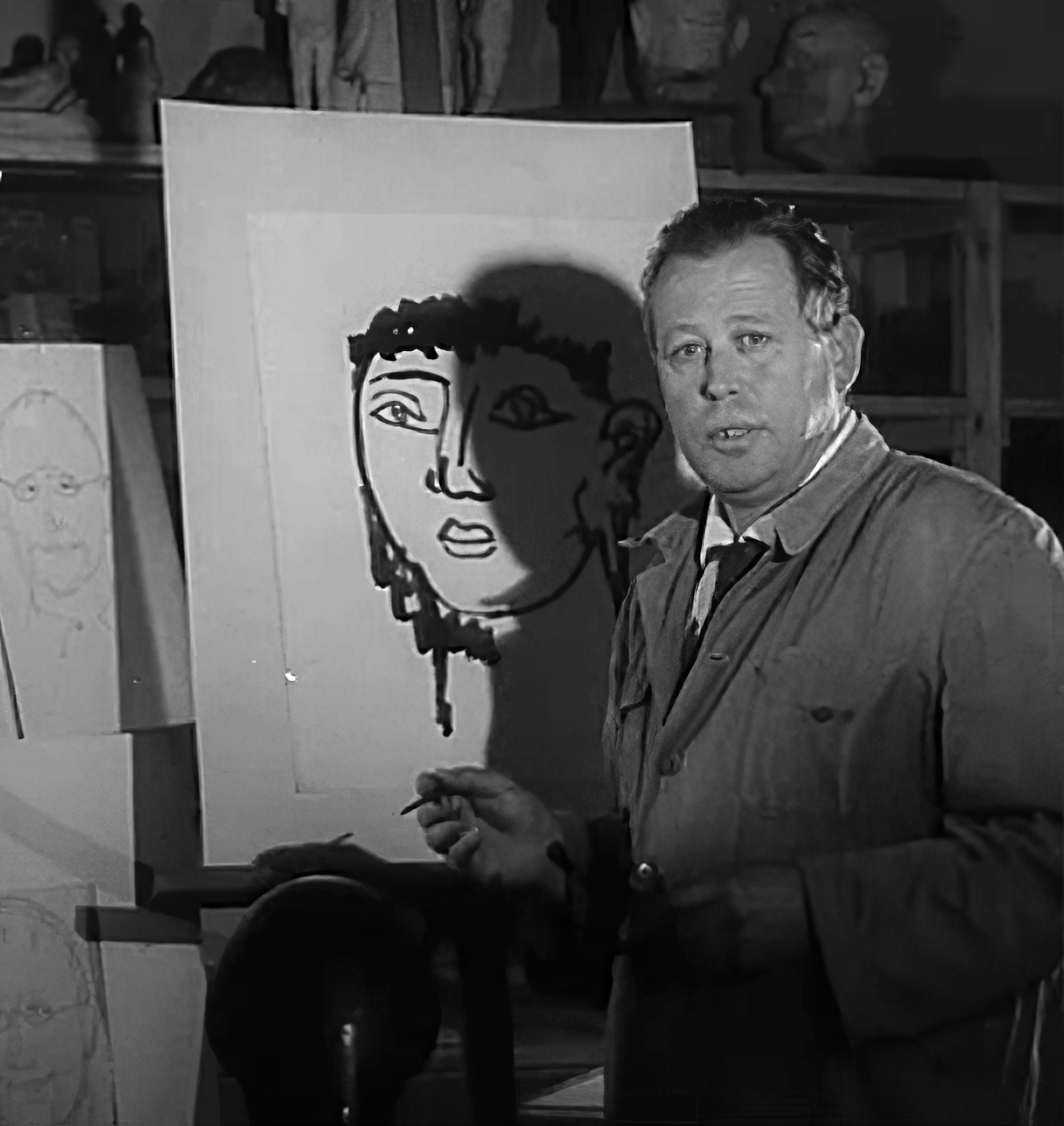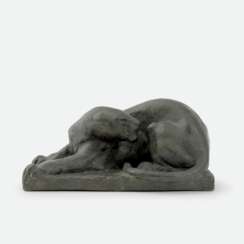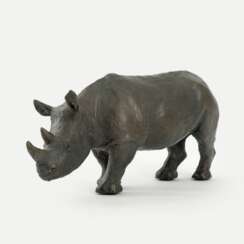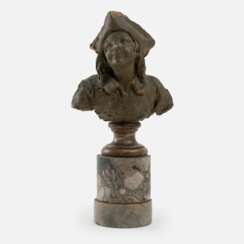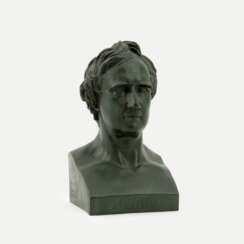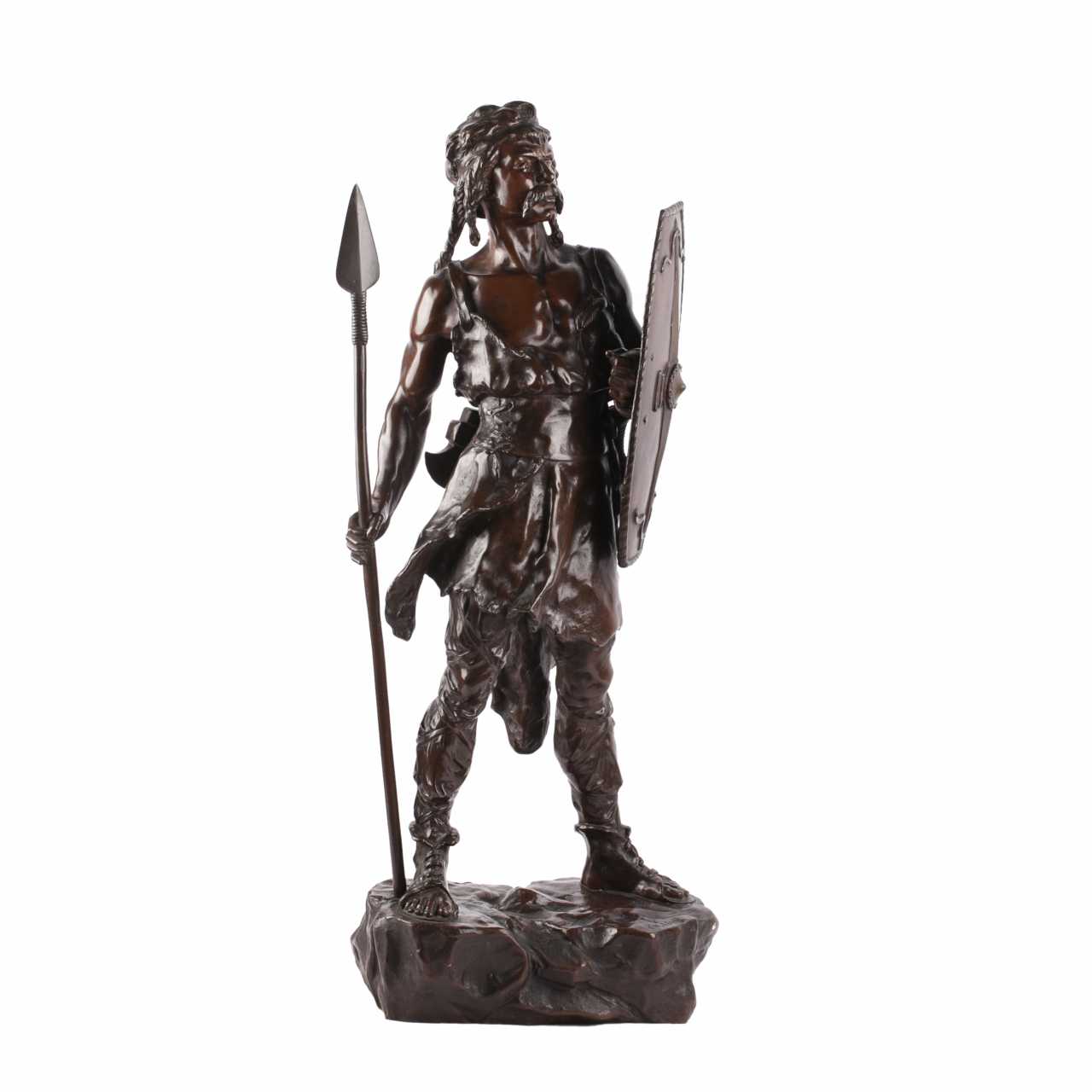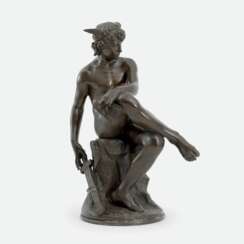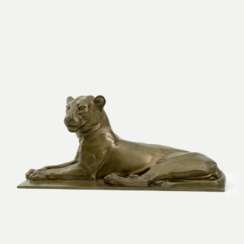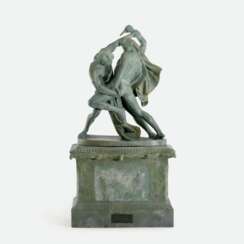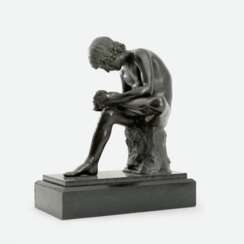
Sculptures and Bronzes — Below 3000: Bronzen und Skulpturen
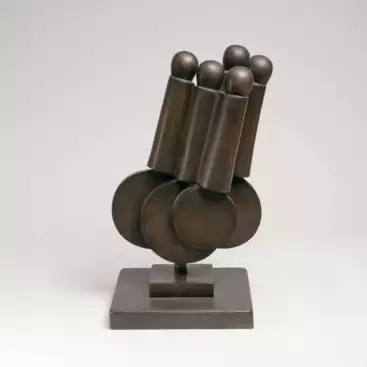
Georg Engst was a German sculptor.
Engst preferred to work in wood, stone and bronze, but also in aluminium, concrete and glass. Much of his artistic work from the mid-1950s onwards is abstract-geometric in character, initially in the form of inlaid panels and inlaid walls made of wood, for example for a commission for the conference room of the Regional Church Office in Hanover in 1957.
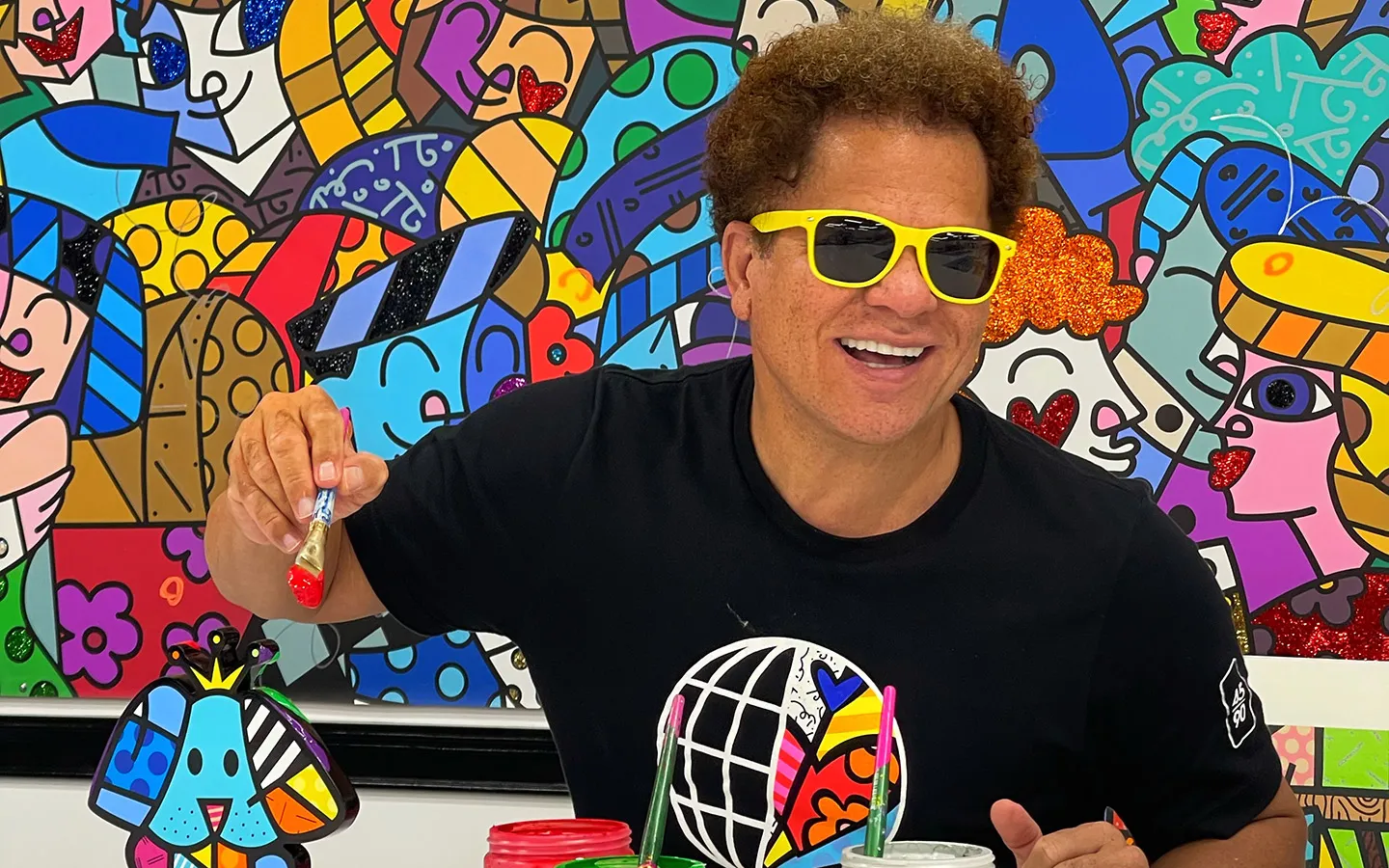
Romero Britto is a Brazilian artist, painter, serigrapher, and sculptor. He combines elements of cubism, pop art, and graffiti painting in his work, using vibrant colors and bold patterns as a visual expression of hope, dreams, and happiness.
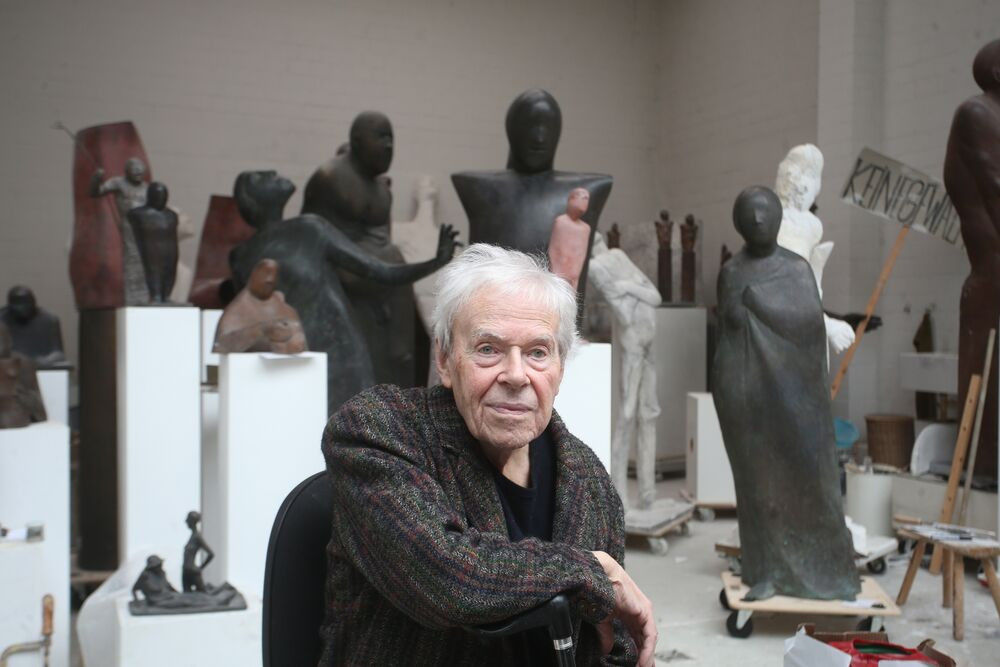
Waldemar Otto is a German sculptor of Polish descent.
Otto studied sculpture at the Academy of Fine Arts in Berlin, won the 1957 Grosse Berliner Kunstausst Prize, lived with his family in the United States, and moved to Bremen in 1973, accepting a professorship at the University of the Arts. He founded the Bremer School of Sculpture there and then moved to Worpswede.
Waldemar Otto practiced figurative sculpture in the form of torsos, creating his figurative human images in wood, granite, bronze and cast stone. Many of his works can be seen in public spaces in various German cities.
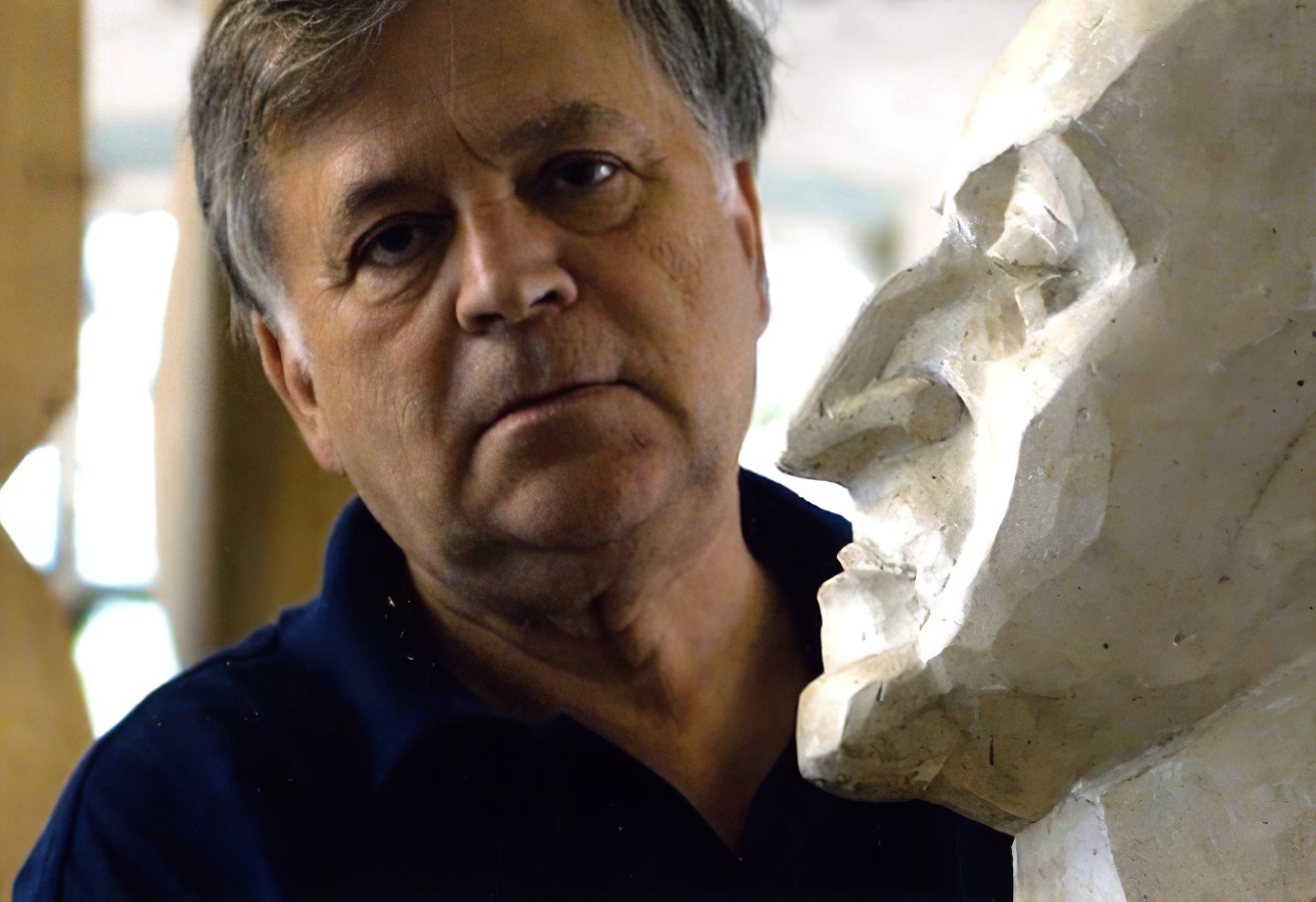
Manfred Sihle-Wissel ist ein deutscher Bildhauer.
Seine Lehrer waren Edwin Scharff und Hans Martin Ruwoldt. Seit 1981 wohnt und arbeitet er in Brammer bei Rendsburg (Schleswig-Holstein).
Zu Manfred Sihle-Wissels Werk gehören Porträts, Skulpturen und Aquarelle.
